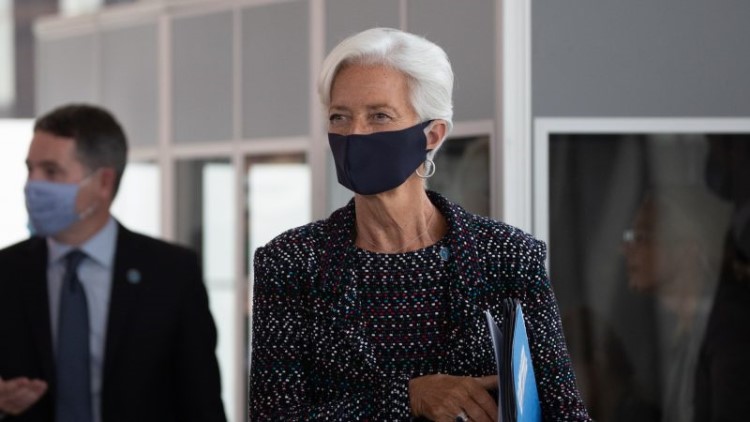FXOpen

Last week it was all about the ECB and the Pfizer-BioNTech positive vaccine news. The week started with a bang as the two companies announced an efficacy for their vaccine of more than 90% – far higher than anyone expected.
As such, the stock markets around the world broke higher. The Dow Jones and the S&P500 made new all-time highs, putting further pressure on the USD. As such, the AUDUSD, EURUSD, GBPUSD – they all advanced.
In light of a stronger Euro across the board, the other event of the week was the ECB Forum on Central Banking. It gathered Jerome Powell from the Fed and Andrew Bailey from the Bank of England, and it strongly affected the Euro pairs.

ECB to Ease More in December
The main takeaway from the ECB’s virtual forum is that the central bank will ease some more in December. The idea behind this is that despite positive news from a potential vaccine, we are still far away from mass vaccination, and things take time to develop.
As such, the ECB promised more easing but not in the form of new rate cuts. Instead, it promised to act by extending the PEPP program and probably by further improving the lending conditions under the TLTROs programs.
It is not the first time since the ECB pre-commits to easing, but the message sent is one of the strongest ones so far. After the October meeting, many analysts view Lagarde’s speech from last week as one of the most powerful so far.
As the chart above shows, the ECB has a hard time reaching the targeted inflation. The annual rate (in blue) dipped below the zero level, making it difficult to create higher inflation expectations in the future.
While the ECB ruled out a rate cut of the deposit facility rate more into the negative territory, we may see the interest rate on the TLRTOs further lowered below the -1%. If that is the case, or if the ECB goes even further and adds more easing to the December meeting, the Euro should correct from the highs.
Speaking of the Euro and the highs, the EURUSD pair is back above 1.18 in a strong rally ended last Friday. Despite the ECB easing, the market viewed the central bank’s move as proactive and bought the Euro.
This article represents the opinion of the Companies operating under the FXOpen brand only. It is not to be construed as an offer, solicitation, or recommendation with respect to products and services provided by the Companies operating under the FXOpen brand, nor is it to be considered financial advice.
Stay ahead of the market!
Subscribe now to our mailing list and receive the latest market news and insights delivered directly to your inbox.








